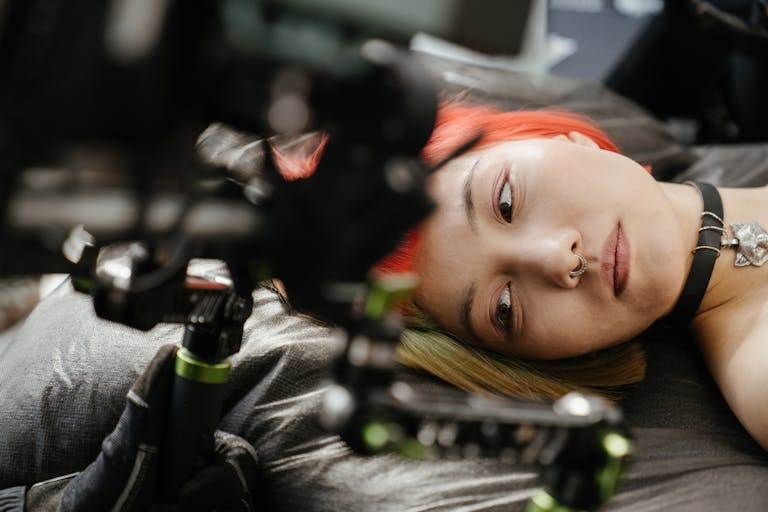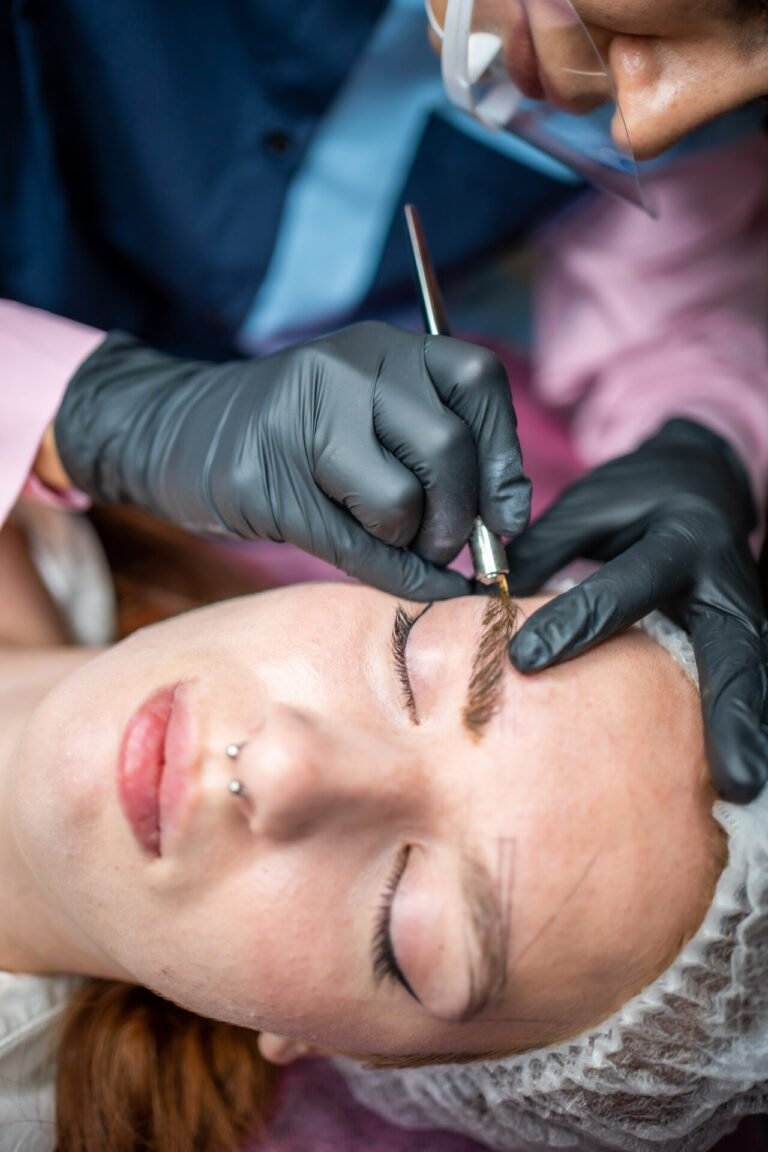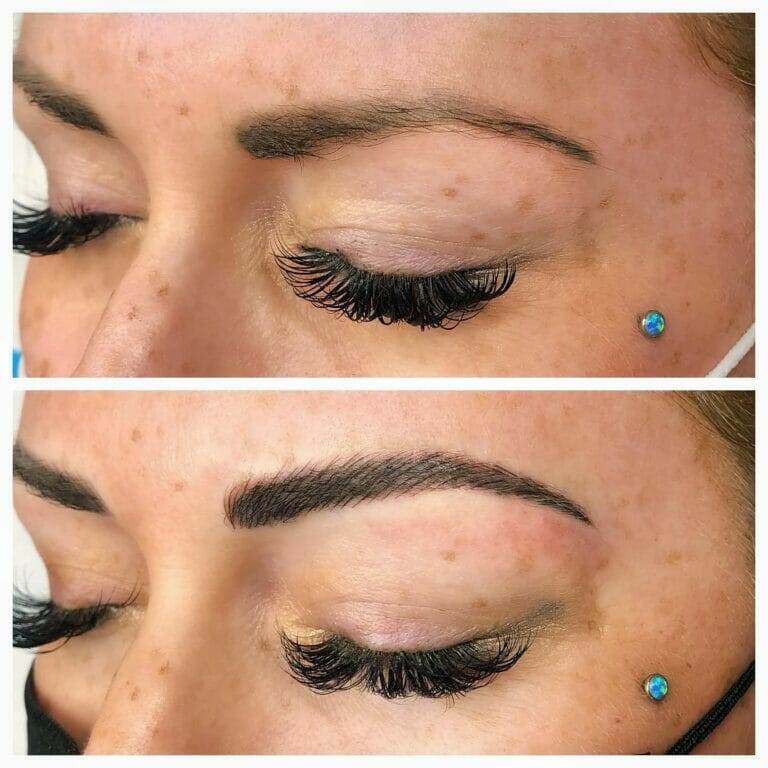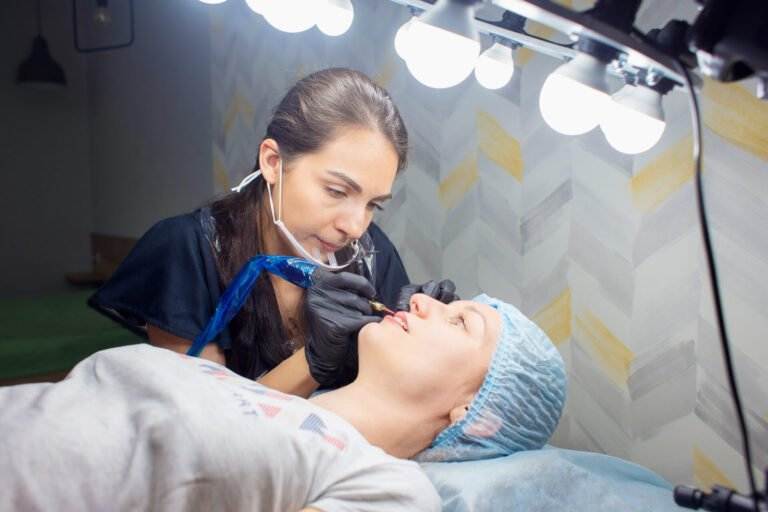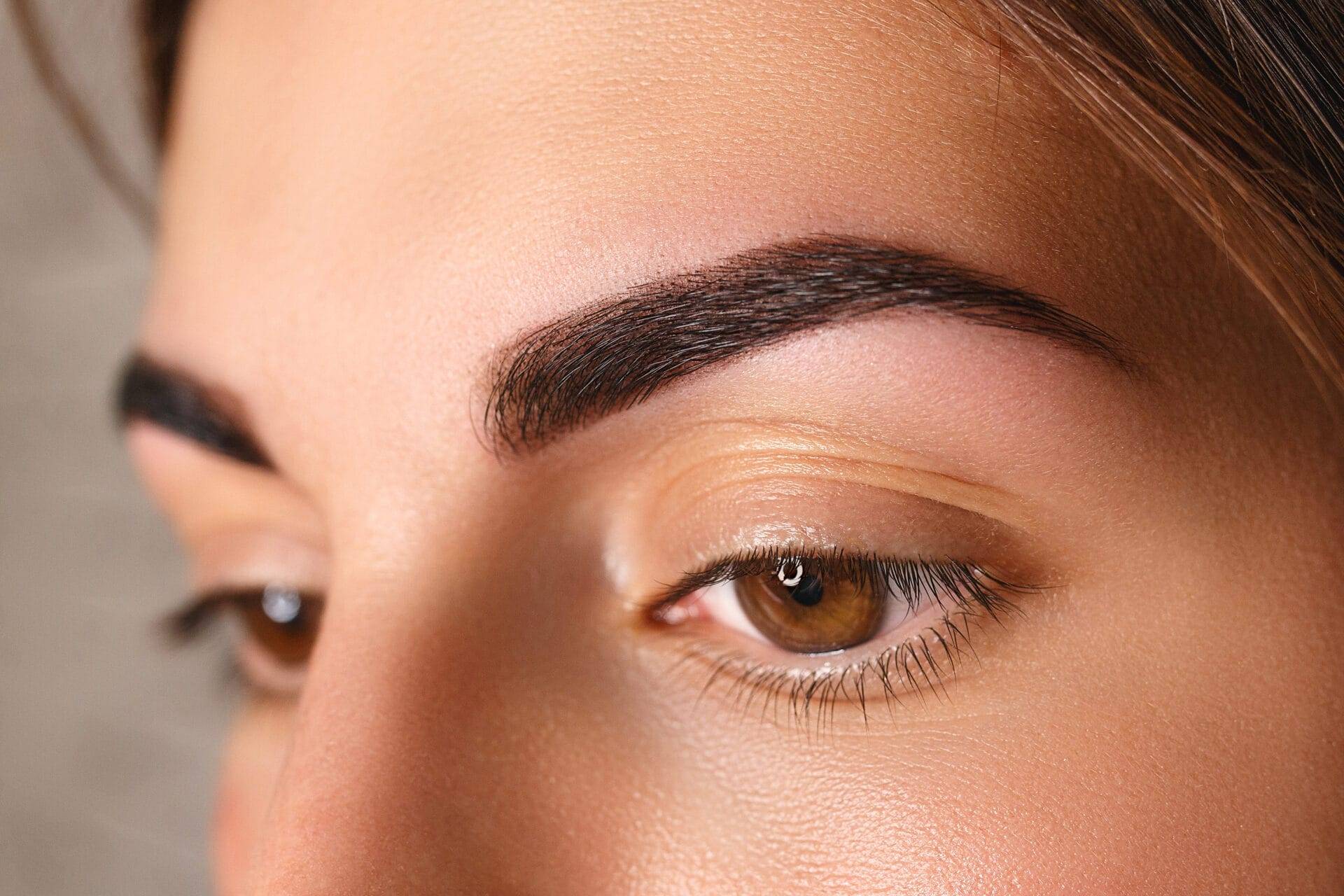Introduction
What is Permanent Makeup?
Permanent makeup, also known as micro-pigmentation, is a cosmetic technique that involves implanting pigments into the skin to enhance facial features. This procedure can be used for eyebrows, eyeliner, lip color, and even to conceal scars or skin imperfections. Imagine waking up every day with perfectly defined brows or luscious lips, without the hassle of daily makeup application.
Reasons for Permanent Makeup Removal
While many enjoy the benefits of permanent makeup, there are various reasons contributing to the decision to have it removed:
- Changing Trends: Makeup styles evolve rapidly, making previously popular choices seem outdated.
- Regrettable Choices: Some people may find their initial designs too bold or simply unsuitable for their preferences over time.
- Allergic Reactions: In some cases, individuals may develop allergic reactions to certain pigments used in the procedure.
- Skin Changes: Natural aging or changes in skin condition can affect the appearance of permanent makeup.
Understanding these motivations can help guide individuals on their journey toward removal, ensuring they make informed decisions about their aesthetic needs.
Methods of Permanent Makeup Removal
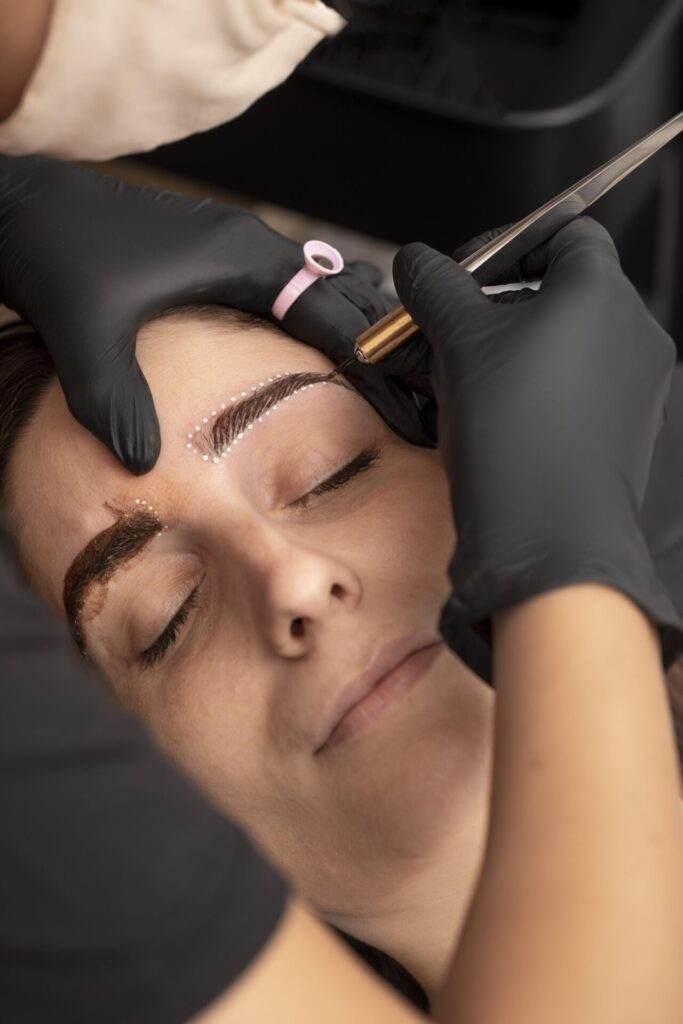
Laser Removal
Laser removal is one of the most popular methods for eliminating permanent makeup. This non-invasive technique utilizes concentrated light beams to break down the pigment particles in the skin. The body can then naturally eliminate these particles.
- Advantages:
- Minimal downtime
- Targeted treatment for specific areas
- Considerations:
- Multiple sessions may be required
- Some people may experience mild discomfort
Each individual’s skin responses differently, but laser removal generally provides effective and safe results.
Surgical Excision
For those with larger areas of permanent makeup or particularly stubborn pigments, surgical excision might be the recommended option. This involves the surgical removal of the tattooed skin layer.
- Advantages:
- Instant results
- Suitable for deeper pigments
However, surgical excision does come with its own set of risks, including potential scarring. Thus, it’s essential to have a thorough consultation to choose the best method tailored to individual needs and skin types.
Factors to Consider Before Removal
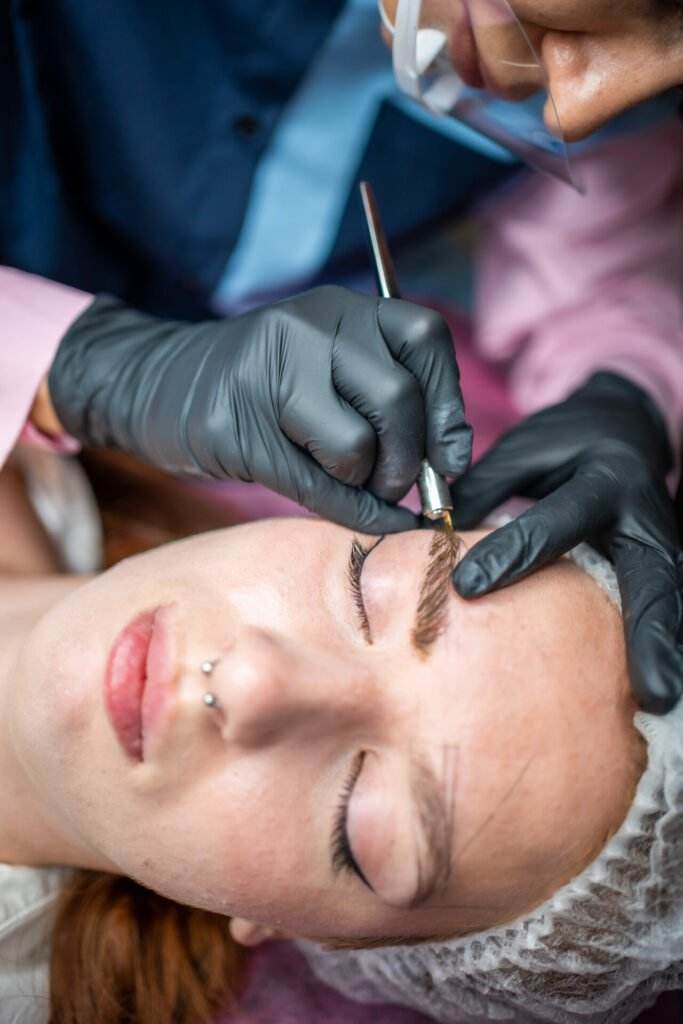
Skin Type
Before deciding on a permanent makeup removal method, understanding your skin type is crucial. Different skin types can react variably to treatments, influencing results and recovery time.
- Oily Skin: May require more sessions, as oils can affect pigment absorption.
- Dry Skin: Often heals faster; however, it might be more sensitive to certain treatments.
- Sensitive Skin: Consider patch testing to assess reaction before proceeding.
Knowing your skin type can help practitioners tailor their approach for optimal outcomes.
Pigment Color
The color of the pigment used in the permanent makeup also plays a vital role in removal decisions. Certain colors can be more challenging to eliminate.
- Dark Colors (e.g., black, brown): Generally respond well to laser removal treatment.
- Light Colors (e.g., pastels): Often require specialized techniques, as lighter pigments may not absorb laser light effectively.
Understanding these factors allows individuals to have informed discussions with their specialists, ensuring a customized removal plan that suits their unique needs and conditions.
Consultation and Preparation
Finding a Specialist
When considering permanent makeup removal, the first step is to find a qualified specialist. This is crucial for ensuring both safety and effective results.
- Research Credentials: Look for practitioners with certifications in dermatology or cosmetic procedures.
- Read Reviews: Client testimonials can provide insights into the specialist’s experience and patient satisfaction.
- Schedule Consultations: Meet with potential specialists to discuss options and evaluate the facility’s atmosphere.
Taking the time to find the right professional can significantly impact your overall experience.
Pre-Removal Care Instructions
Once a specialist is selected, following pre-removal care instructions is essential for a smooth procedure.
- Avoid Blood Thinners: Such as alcohol, caffeine, and certain medications for at least 48 hours before the removal.
- Stay Hydrated: Proper hydration can promote healthier skin during the procedure.
- Inform the Specialist: Share any skin conditions or allergies prior to the appointment.
By adhering to these guidelines, patients can help ensure that the removal process proceeds as safely and effectively as possible.
Procedure Details
How Laser Removal Works
Laser removal is a highly effective method for getting rid of permanent makeup. During the procedure, a specialized laser device emits concentrated light that targets the pigment in the skin.
- Process:
- The specialist will begin by applying a topical anesthetic to minimize discomfort.
- The laser is then used to deliver short pulses of light, safely breaking down the pigment into smaller particles.
- After Treatment:
- Patients may experience slight redness and swelling, but these symptoms typically subside quickly.
Most individuals find laser removal manageable and appreciate the precision it offers.
Surgical Excision Process
On the other hand, surgical excision involves a more direct approach. This method is suitable for larger areas or stubborn pigments.
- Process:
- The area is numbed with local anesthesia.
- A surgeon carefully removes the tattooed section of skin, and the incision is then closed with stitches.
- After Treatment:
- Recovery can take longer, with potential swelling and bruising in the treated area.
Both techniques have their benefits, so consulting with a specialist will help determine the most appropriate option for individual cases.
Recovery and Aftercare
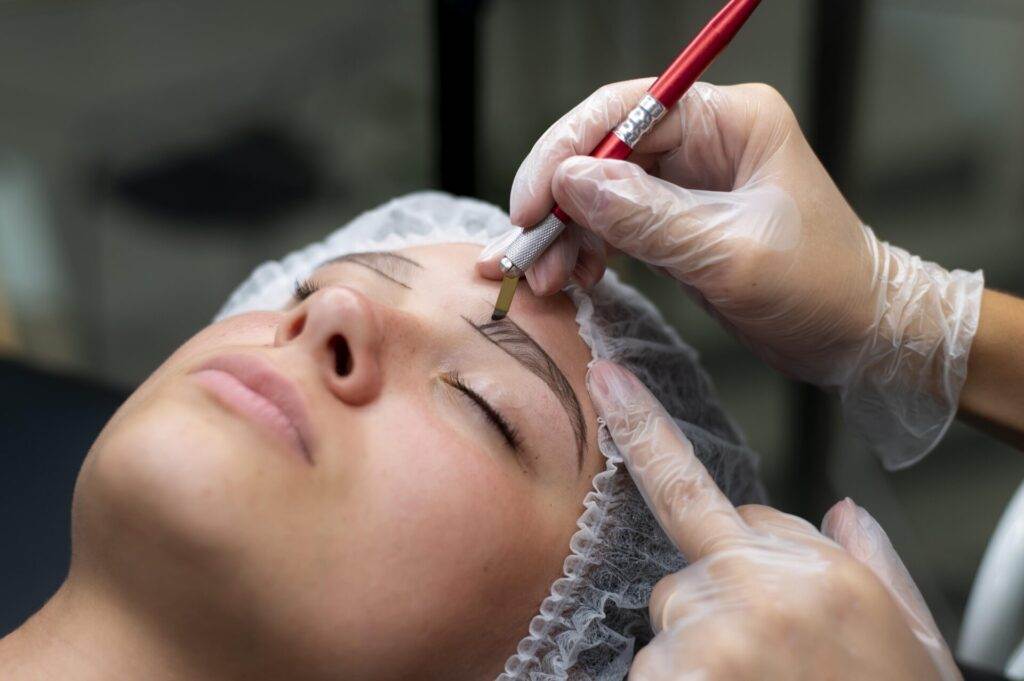
Post-Removal Symptoms
After undergoing permanent makeup removal, it’s essential to be aware of the common post-removal symptoms you might experience. While the specifics can vary depending on the method used, some effects are typical.
- Laser Removal Symptoms:
- Redness and swelling, akin to having a mild sunburn.
- Tiny scabs may form, which is a natural part of the healing process.
- Surgical Excision Symptoms:
- More pronounced swelling and bruising around the incision site.
- Potential for mild pain or discomfort, manageable with prescribed medications.
Understanding these symptoms can alleviate concerns and help you know what to expect during recovery.
Aftercare Recommendations
Proper aftercare is crucial for optimal healing. Here are some key recommendations:
- Avoid Sun Exposure: Protect the treated area from the sun for at least two weeks.
- Keep it Clean: Gently cleanse the area using mild soap and water to prevent infection.
- No Scratching: Resist the urge to pick at scabs, as this can lead to scarring.
- Moisturize: Use recommended ointments to keep the area hydrated.
Following these aftercare tips can foster a smoother recovery and enhance the results of the removal process.
Risks and Complications
Potential Side Effects
While permanent makeup removal procedures, whether laser or surgical, are generally safe, there are potential side effects that individuals should be aware of. Discussing these beforehand can help set realistic expectations.
- Common Side Effects:
- Redness and Swelling: A normal response post-treatment, typically subsiding within a few days.
- Scabbing: Especially with laser treatments, small scabs can form as the skin heals, which is typical.
- Less Common Risks:
- Hyperpigmentation: Darkening of the skin in the treated area, especially in individuals with darker skin tones.
- Infection: Though rare, any procedure that breaks the skin can carry a risk of infection if not properly cared for.
Understanding these potential side effects can help individuals prepare better for their recovery journey.
Permanency of Removal
Another critical aspect to consider is the permanency of removal. While many expect permanent makeup to be fully eliminated, results can differ based on several factors:
- Pigment Type: Certain pigments can be more stubborn and may not entirely fade away.
- Skin Depth: The deeper the pigment was placed, the more challenging it may be to remove.
In many cases, complete removal is attainable, but it’s essential to approach the process with proper guidance and realistic expectations. Knowing the potential outcomes helps individuals make informed decisions about their aesthetic journey.
Cost and Insurance Coverage

Cost Factors
Understanding the cost of permanent makeup removal is essential for anyone considering this procedure. Several factors can influence the final price, creating a variable range in what one might pay.
- Method of Removal:
- Laser Removal: Typically ranges from $200 to $500 per session, depending on the size and complexity of the tattoo.
- Surgical Excision: Often has higher initial costs, potentially ranging from $1,000 to $3,000, given the expertise and operational setting required.
- Number of Sessions: Most individuals may need multiple sessions, especially for laser treatments, which can increase total costs.
- Location: Prices can vary significantly between cities and clinics, so it’s worth shopping around.
Insurance Considerations
When it comes to insurance coverage, it’s important to be proactive.
- Cosmetic vs. Medical: Many insurers classify permanent makeup removal as a cosmetic procedure, which usually means it won’t be covered.
- Pre-existing Conditions: If the removal is necessitated by an allergic reaction or medical issues, some insurance plans may offer partial coverage.
Before committing, consulting with the insurance provider can illuminate any potential coverage options, ensuring individuals have a clear understanding of their financial responsibilities.
Life After Permanent Makeup Removal
Skin Recovery Timeline
After undergoing permanent makeup removal, understanding the skin recovery timeline can help individuals manage expectations and care properly for their skin. Generally, the timeline can be outlined as follows:
- First Few Days:
- Expect redness, swelling, and possible scabbing, especially with laser removal. This is a normal part of the healing process.
- One Week:
- Most swelling should subside; scabs may be healing and starting to flake off. During this time, it’s vital to adhere to aftercare recommendations to promote healing.
- Two to Four Weeks:
- Skin continues to heal, and any residual discoloration may gradually fade. Full recovery can take several weeks, so patience is key.
Embarking on this journey involves careful monitoring of your skin as it returns to its natural state.
Makeup Options Post-Removal
Once the recovery period is over, many individuals might wonder about makeup options available to them.
- Mineral Makeup: Provides light coverage and is often gentle on sensitive skin.
- Traditional Cosmetics: As skin heals, individuals can gradually transition back into their regular makeup routines.
It’s advisable to consult with a practitioner before resuming makeup to ensure the skin has fully healed. This careful approach allows for a fresh start, paving the way for new makeup experiences without the limitations of previous permanent makeup.

